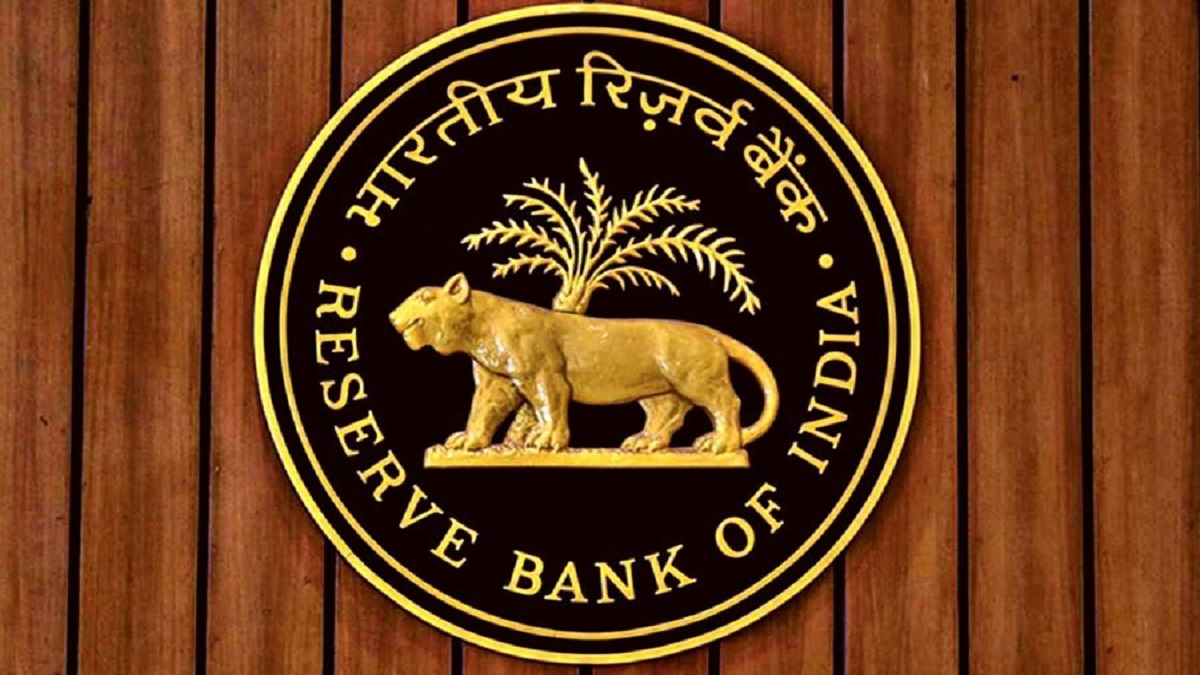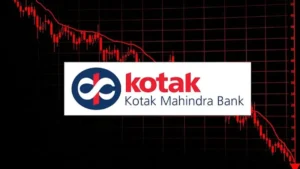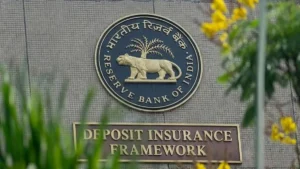The Reserve Bank of India’s (RBI) Open Market Operation (OMO) purchase auction on February 20, 2025, witnessed an overwhelming response from banks and financial institutions. Against an offer of ₹40,000 crore, the auction received bids worth ₹1.87 trillion, highlighting the acute liquidity deficit in the banking system. This strong demand signals market participants’ expectation of further liquidity infusions from the central bank, as financial conditions tighten across sectors.
Why Did RBI Conduct the OMO Purchase Auction?
The RBI’s OMO purchase auction is a tool to manage liquidity by purchasing government securities from banks. This helps inject long-term liquidity into the system. The current banking liquidity shortfall, which has persisted for nine consecutive weeks, has forced the central bank to take measures to ease financial stress. The liquidity deficit stood at ₹1.77 trillion as of February 19, 2025, making such interventions crucial.
In this auction, the high demand led to cut-off prices being set below prevailing market rates. Public sector banks were among the top bidders, reflecting their urgent need for liquidity. A dealer from a primary dealership commented, “Naturally there was demand at the auction given the liquidity deficit we have.”
How Has RBI Addressed the Liquidity Shortage So Far?
The RBI has taken multiple steps in recent months to support liquidity, including:
OMO Purchases: Government securities worth ₹1 trillion were acquired through various auctions.
Screen-Based OMOs: ₹58,875 crore worth of securities were bought in January 2025.
Secondary Market Purchases: ₹39,000 crore in bonds were procured to stabilize the financial market.
These measures are part of RBI’s broader strategy to ensure sufficient liquidity and smooth monetary policy transmission. However, the persistent deficit suggests that more such auctions could follow in the coming weeks.
What Are the Implications for Bond Yields and Monetary Policy?
Despite a recent 25 basis points policy rate cut by the RBI’s Monetary Policy Committee, tight liquidity conditions have pushed corporate bond yields higher. The yield spread between corporate and government bonds widened by 25 basis points in February, indicating increased borrowing costs for businesses. Additionally, the yield curve has inverted, meaning short-term yields are now higher than long-term yields, which can be a sign of economic slowdown or credit market stress.
Economists suggest that the RBI should focus on durable liquidity measures rather than short-term fixes like Variable Rate Repo (VRR) auctions. According to Neelkanth Mishra, Chief Economist at Axis Bank, “To ease financial conditions and support credit growth, the RBI must focus on liquidity infusion rather than relying solely on policy rate cuts.”
What Are the Possible Next Steps for RBI?
To manage liquidity effectively, the RBI could consider additional steps, including:
Reducing the Cash Reserve Ratio (CRR): This would allow banks to lend more.
Adjusting the Incremental CRR (ICRR): Changes here can help control liquidity absorption.
Foreign Exchange (FX) Buy-Sell Swaps: This method can manage liquidity through currency operations.
Long-Term Repo Operations (LTROs): These provide long-term funding at stable rates.
With market participants expecting further liquidity measures, the RBI will likely continue monitoring the financial system closely. The outcome of future OMO auctions and monetary interventions will determine the stability of India’s banking sector in the coming months.
Key Highlights of RBI’s OMO Purchase Auction
| Aspect | Details |
|---|---|
| Why in News? | RBI’s OMO purchase auction on February 20, 2025, received bids worth ₹1.87 trillion against an offer of ₹40,000 crore, highlighting a severe liquidity crunch. |
| Auction Size | ₹40,000 crore (notified amount) |
| Total Bids Received | ₹1.87 trillion |
| Reason for High Demand | Ongoing liquidity deficit in the banking system (₹1.77 trillion as of Feb 19, 2025) |
| Recent RBI Liquidity Measures | ₹1 trillion in OMO purchases, ₹58,875 crore in screen-based OMOs, ₹39,000 crore in secondary market interventions |
| Market Impact | Corporate bond yields rising, widening yield spreads, and expectations of more OMOs |
| Possible Future Actions | CRR adjustments, FX swaps, long-term repo operations to ease liquidity |
| Expert View | Analysts suggest durable liquidity measures over policy rate cuts for effective monetary transmission. |



 RBI Slaps ₹62 Lakh Penalty on Kotak Mahi...
RBI Slaps ₹62 Lakh Penalty on Kotak Mahi...
 ADB commits $4.26 billion in sovereign l...
ADB commits $4.26 billion in sovereign l...
 RBI Board Sanctions Overhaul of Deposit ...
RBI Board Sanctions Overhaul of Deposit ...







